Keep this in mind as you read what is below it:
In the coming days, we will learn whether the Supreme Court will consider the merits of a Petition filed by the Republican Party of Pennsylvania to overturn a Pennsylvania Supreme Court decision that extended by three days the time within which mailed-in ballots in Pennsylvania could be received and counted as validly cast, among other things. The Trump campaign has sought to “intervene” in this case as a “party” by adopting the arguments made by the Petitioners.
On Monday, the Trump Campaign and two Pennsylvania voters filed a new lawsuit alleging that the ballot handling processes by which mailed-in ballots were received, pre-canvassed, and canvassed, violated the constitutional rights of Pennsylvania voters in having a fair and accurate tabulation of votes.
The left-wing pundit class of “experts” on election law have waved off these lawsuits as having no chance of success, which is now a narrative that 99% of the media has run with But this is all part of the same plan to convince Americans that Trump has lost the election, that a Biden Presidency is inevitable, and that the legal efforts underway are all part of an effort by Trump to remain in office — which is something the media began trying to condition the public to be suspicious of months before the election.
I happen to not be a believer in grand conspiracies. I have a practical point of view that once an agreement to do something nefarious extends beyond 5-6 people, the chances of the agreement remaining clandestine are practically zero. Somebody says something they shouldn’t have said, someone is overheard making an incriminating statement, an email gets inadvertently forwarded to someone not involved, a participant changes their mind, etc. But that is something different than an entire class of individuals sharing a common goal in mind, and repeatedly acting and speaking in ways intended to bring that goal to fruition — especially when there are inconsistent “facts” against them. “Ignore the inconsistent facts, and keep bleating the mantra of inevitability” is the game plan. The lawsuits are inconsistent facts so wave them off and don’t let them take root in the public consciousness.
But they are going to take root because the allegations are going to be pursued through a litigation process that will produce courtroom testimony under oath, and legal opinions that include statements of fact.
But those are stories yet to come. For now, let’s take a look back in cursory fashion at the ACTUAL outcome of Bush v. Gore — as opposed to the media narrative of what happened in Bush v. Gore. Please Tweet this story to Joy Reid, as I understand she is a bit confused.
Bush v. Gore began as an election challenge in one County in Florida, and it initially began as a question over whether there were uncounted “undervotes” that might change the outcome of the statewide vote in Florida. Within just a couple weeks of the end of voting, and on a dramatically expedited basis which was necessary when the outcome of an election was in doubt, a trial was held in a Florida Circuit Court the outcome of which was that there were “undervotes” in the “punch-card” ballots used by Florida counties where no vote for President had been recorded by the voter. The trial produced evidence that some of the ballots recorded by the tabulating machines as “undervotes” did, nevertheless, have indications that the voter “intended” to vote for a particular candidate. But the voter had not sufficiently “punched-out” the paper “chad” such that the tabulating machine would read the ballot as having a vote. The Circuit Court judge ordered that there be a recount of the “undervotes” in order to determine whether ballots that had been recorded as “undervotes” did have evidence of intent by the voter to cast a vote for a particular candidate. The Florida Supreme Court eventually heard the matter and ordered a statewide recount of all “undervotes” to determine if the “intent” of the voter could be discerned from reviewing each such ballot and treating each one accordingly.
The United States Supreme Court halted the recount ordered by the Florida Supreme Court, and there were two opinions written in the case that are of significance.
Seven Justices found that the absence of any “standards” for conducting a statewide recount as ordered by the Florida Supreme Court was a violation of the Equal Protection Clause of the Fourteenth Amendment. Without consistent standards to guide the recount process, there was no way to assure that individual voters in different counties would have their ballots reviewed, evaluated, and accepted/rejected in a manner that assured their right to equal participation in the election process.
Of those seven, five Justices agreed that there was no practical way for that defect to be remedied by the time the case was before the Court, and overturned the Florida Supreme Court’s order that a recount take place.
Justices Souter and Breyer were the two who agreed that the manner in which the recount was ordered was unconstitutional, but they would have sent the matter back to the Florida courts to correct the deficiency — if possible within the timeframe available prior to the meeting of the Electoral College.
Only two Justices — Ginsberg and Stevens — would have allowed the recount to proceed in the manner ordered by the Florida Supreme Court.
The “majority” opinion was issued “Per Curiam”, which means “by the Court”. As such, no individual Justice signed the opinion as the author. The finding of an equal protection violation, and halting the recount ordered by the Florida Supreme Court was decided by CJ Rehnquist, and Justices Scalia, Thomas, O’Connor, and Kennedy.
A subject for a subsequent article will be how the decision reflected in the Per Curiam opinion will be used by the Plaintiffs — including the two individual Pennsylvania voters — in the lawsuit filed this past Monday challenging the actions of Secretary of the Commonwealth Boockvar, and seven County Boards of Elections in Counties that voted heavily in favor of Joe Biden. Contrary to the left-wing pundits, this action has a substantial likelihood of being favorably resolved in favor of the Trump campaign.– and the individual voters who are named Plaintiffs.
The second consequential decision in Bush v. Gore was the concurring opinion written by Chief Justice Rehnquist, in which he addressed the implications of Art. II, Sec. 1, Cl. 2 of the Constitution on the actions of the Florida Supreme Court. That provision of the Constitution states that Presidential electors shall be selected in the manner determined by the “legislature” of each state.
The left-wing legal pundits have long treated the Rehnquist concurrence dismissively because only two of the other eight members of the Court joined the Chief Justice in his “textualist” approach to the meaning of “legislature” in Cl.2. On that same basis, they are treating the Petition to invalidate the Pennsylvania Supreme Court’s order that extended the ballot-receipt deadline — which raises the argument made by Chief Justice Rehnquist in concurrence — with similar dismissiveness. I’ll go into more detail in a subsequent story looking at the legal issues involved in his textualist approach.
But, what is important to know now is that Justice Thomas was one of the two Justices who joined Chief Justice Rehnquist’s concurrence. Further, the “textualist” view of Constitutional law has gained much ground in the judiciary since 2000. Justices Gorsuch and Barrett are clearly “textualists” in their approach to statutory and constitutional interpretation, and while not quite as clearly defined, Justice Kavanaugh has already written that he has significant issues with what the Pennsylvania Supreme Court did.
If Chief Justice Roberts lines up with the three liberals, and there is a 5-4 vote to overturn the Pennsylvania Supreme Court’s decision, the senior Justice in the majority determines who writes the Court’s Opinion. That would be Justice Thomas, and it is my prediction that in that event he would choose to write the opinion himself.
That is the reason for the headline above — the “Revenge of Clarence Thomas” on Joe Biden.
While you’re reading this, think about joining our VIP program. It gives you an ad-free experience and access to some unique content on RedState and its sister sites, Townhall, PJMedia, HotAir, and Twitchy. If you use one of the a contributor’s code you get a discount and your’s truly gets a small part of that as a reward. Sign up and use the code SHIPWRECKEDCREW when you do.
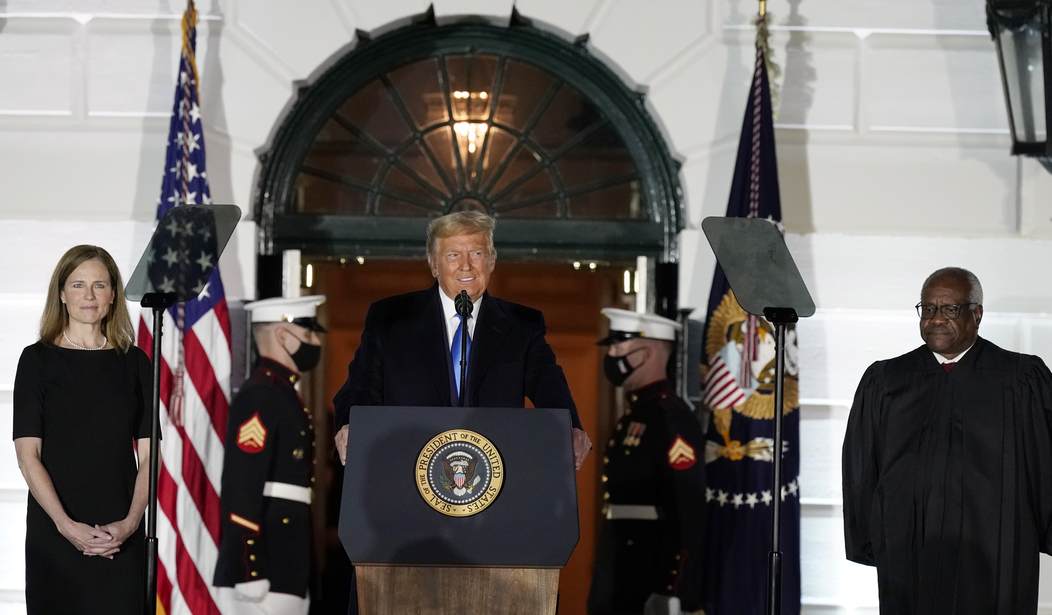




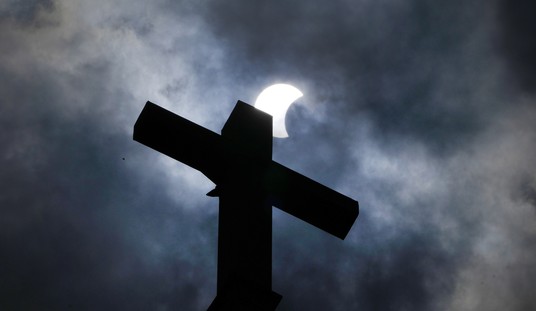

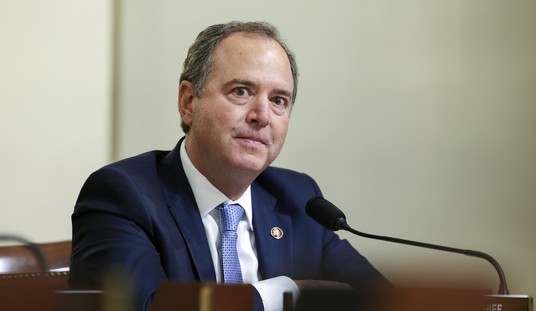



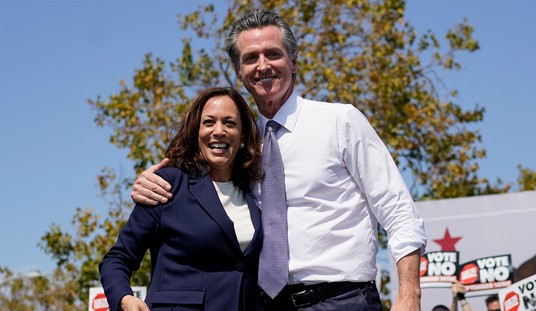

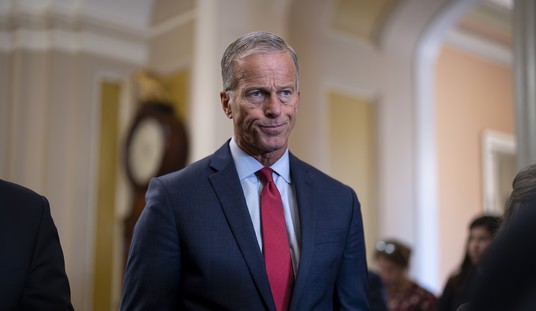
Join the conversation as a VIP Member